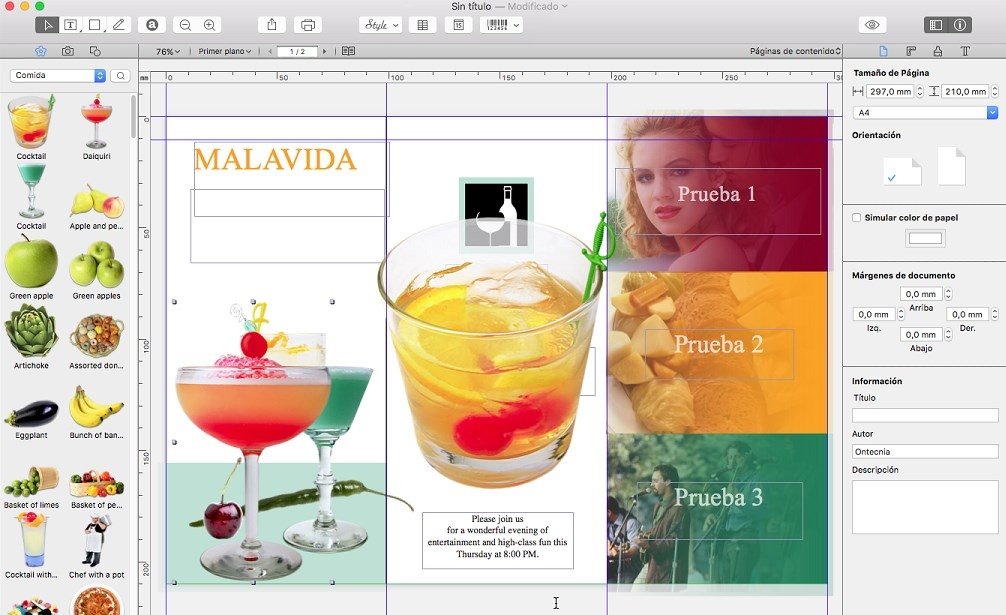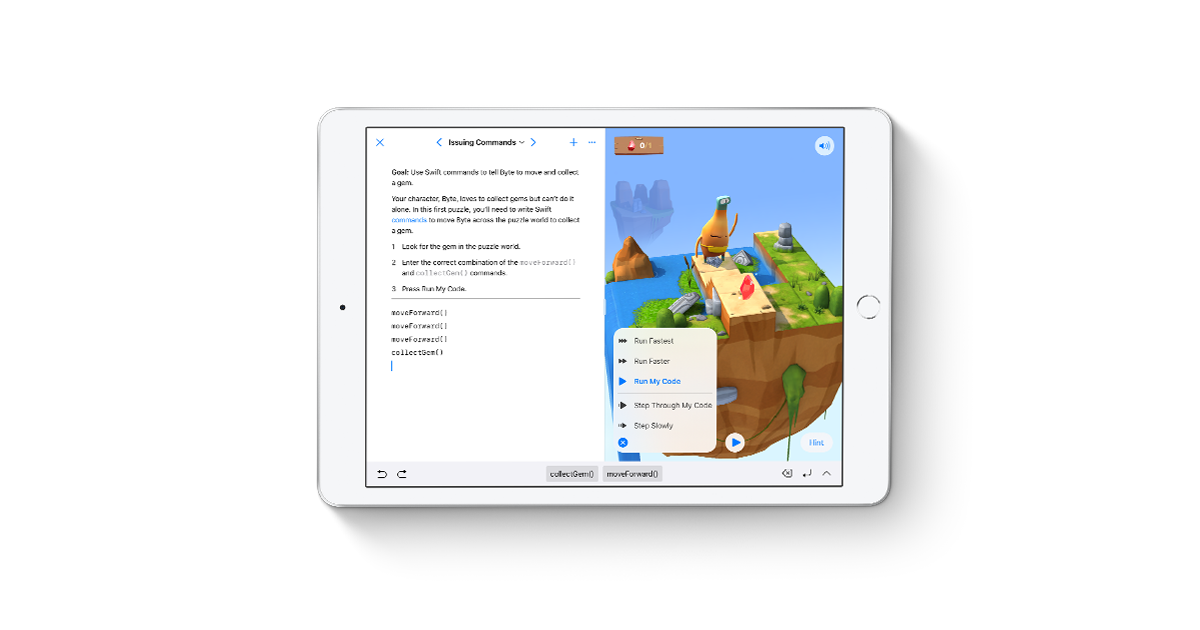Swift is a robust and intuitive programming language created by Apple for building apps for iOS, Mac, Apple TV, and Apple Watch. It’s designed to give developers more freedom than ever. Swift is easy to use and open source, so anyone with an idea can create something incredible. Developers are doing. Great things with Swift.
Hacking with macOS teaches you Swift and macOS frameworks through real-world AppKit and SwiftUI projects. The book includes the same comprehensive Swift introduction as Hacking with Swift, but is also packed with hints and tips that help you transfer your existing iOS skills to macOS painlessly.
- Download our free Zwift app to get started with our virtual cycling and running workouts. Available for iOS, MACs, PC, and Android devices.
- Swift is a powerful and intuitive programming language for iOS, iPadOS, macOS, tvOS, and watchOS. Writing Swift code is interactive and fun, the syntax is concise yet expressive, and Swift includes modern features developers love. Swift code is safe by design, yet also produces software that runs lightning-fast.
- In order to install Swift 4.0.3 on our MacOS, first we have to download it from its official website. We download the latest version that will be downloaded as a package file on the computer which can be installed easily by terminal. 2) Install Swift The package file is downloaded in the downloads folder.
- Open the ViewController.swift file now where we’ll add the code that updates the representedObject with any changes made to the editor; changes in the text view’s text, or in the colors. Let’s start with something easy, so go straight to the end of the file where we had added the textViewDidChangeSelection(:) of the NSTextViewDelegate.
Hacking with macOS includes 18 AppKit projects, plus three more SwiftUI projects, helping you make the most of this powerful platform.
Project 1: Storm Viewer
Get started coding in Swift by making an image viewer app and learning key user interface components: windows, table views, images, and split view controllers.
Project 2: Cows and Bulls
Build on your NSTableView knowledge by adding a second column, while also learning about random numbers, text input and validation, and push buttons.
Project 3: Social media
Return to project 1 and add a toolbar button so that users can share their selected picture using Mail, Messages, AirDrop, and more – it's easier than you think!
Project 4: Grid Browser

Power up your web browsing experience by viewing more than one site at a time, all thanks to NSStackView and the WebKit framework. Bonus: add controls to the Touch Bar!
Project 5: Capital Cities
The MapKit framework lets us draw maps at any resolution, then drop pins where we want it – it's perfect for a fun game about capital cities of the world!
Project 6: Auto Layout
Your macOS apps need to be able to resize themselves to fit your users' needs, and Auto Layout can make that happen – you specify the rules, and it does the rest.
Project 7: Photo Memories

Meet NSCollectionView for the first time, then add drag and drop image support so users can create watermarked home videos from their favorite images.
Project 8: Odd One Out
Learn how NSGridView lets you space user interface controls evenly on your screen, then use it to build a picture-matching game with some special effects!
Project 9: Grand Central Dispatch
GCD is a powerful framework that lets you schedule work at different times and on different threads, and this technique project gives you all you need to know.
How To Download Swift On Mac Keyboard
Project 10: WeatherBar
See how easy it is to place your app's icon and menu right in the macOS status bar, then build an app to display your local weather using JSON and GCD.
Project 11: Bubble Trouble
SpriteKit has physics built right in, so this project sees you creating a physics-based bubble popping game with timers, sound effects, and more.
How To Download Swift On Mac Computer
Project 12: Animation
Animation on macOS isn't easy, but it is powerful. In this project we build an animation sandbox to help you find ways to bring your user interface to life.
Project 13: Screenable
NSDocument brings with it great features like versioning, autosave, and more, and this project combines it with Core Graphics to build a screenshot-editing app.
Project 14: Shooting Gallery
Build a fast-paced SpriteKit shooting gallery game that brings together animations, new level support, custom mouse cursor, and keyboard input.
Project 15: UndoManager
How To Download Swift On Mac
Go back to project 12 and learn how you can add support for undo and redo using Cocoa's powerful UndoManager class and only a few extra lines of code.
Project 16: Bookworm
Use bindings to design an app that tracks the books you've read, their authors and your star rating, all while writing fewer than 20 lines of code. No, really!
Project 17: Match Three
Take your SpriteKit knowledge further by building a colorful ball-matching game, while also trying out shape nodes and particle emitters for the first time.
Project 18: Bindings

Practice your skill with Cocoa bindings by building a Fahrenheit to Celsius temperature converter, all powered by key-value coding and key-value observing.
While building projects, you'll learn all this and more:
Swift Publisher For Pc
- How Cocoa on macOS differs from Cocoa Touch on iOS. (Note: if you're not interested in iOS, don't worry – you don't need any iOS experience to follow along, and the iOS parts are kept to a minimum!)
- Creating advanced user interfaces with NSTableView, NSCollectionView, NSStackView, NSSplitView, and the all-new NSGridView.
- How to build powerful, flexible layouts using SwiftUI.
- How to build apps that look great in multi-window and tabbed user environments.
- Designing your apps with powerful native components such as NSButton, NSTextView, NSSegmentedControl, NSImageView, and more.
- Working with the filesystem, and using system services such as sharing and drag and drop.
- Customizing your app's user interface so it looks great in both light and dark mode.
- Designing interfaces with and without storyboards, plus Auto Layout, alerts, modals, and sheets.
- Handling mouse and keyboard events, animation, concurrency, and more.
How To Install Swift On Mac
Hacking with macOS follows the same approach I used with Hacking with Swift: small, standalone projects that teach individual techniques starting from scratch, so you end up with a huge library of finished projects you can develop further or use as the base for something entirely new.